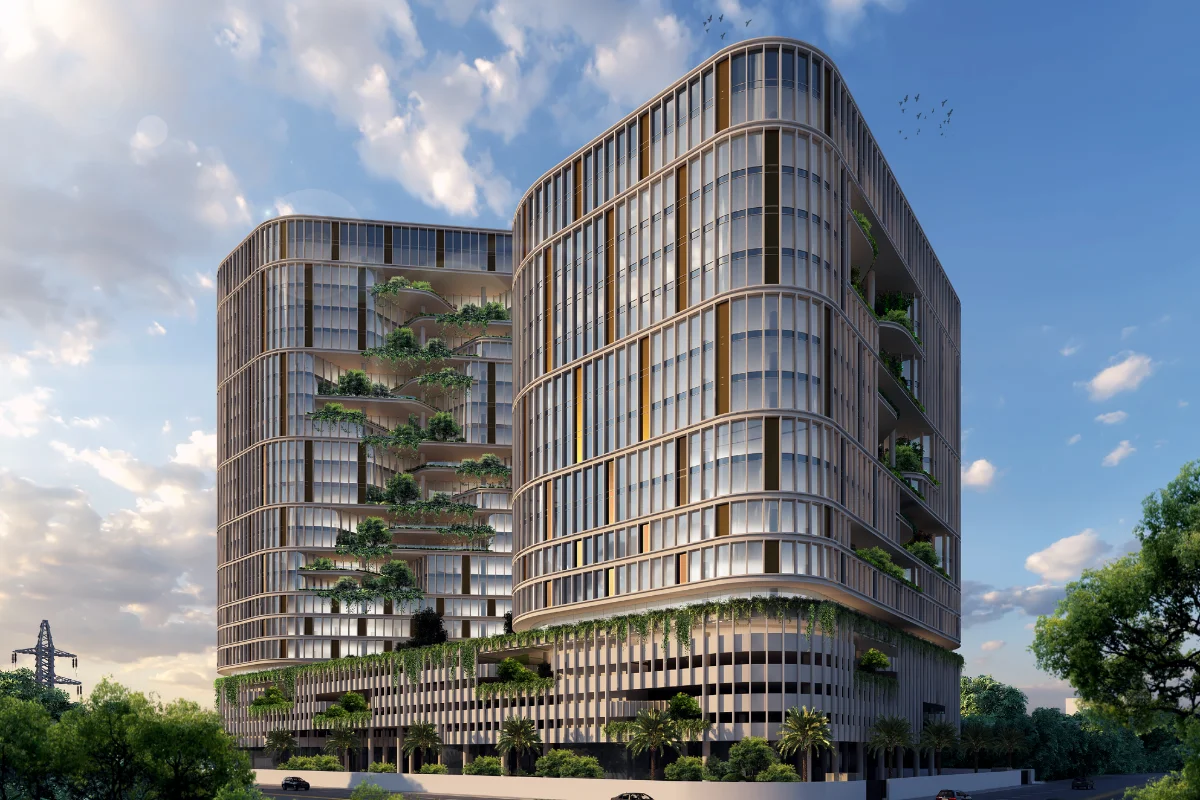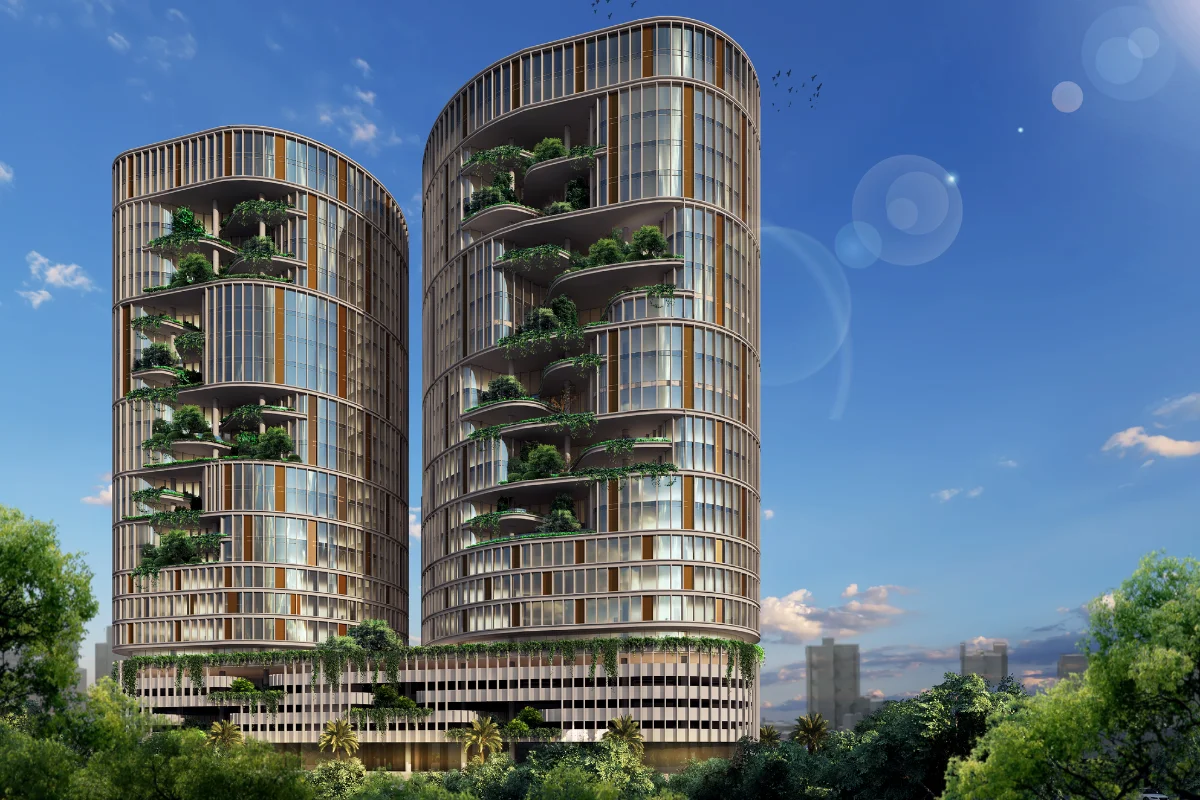Biophilic design in architecture by Talati and Partners explores the emotional connection between humans and nature through creative interpretations of modern architecture styles. Their work in urban architecture and design introduces dynamic experiences within concrete settings, integrating sustainable urban planning and development strategies. Each biophilic concept they implement is deeply rooted in environmental empathy, creating spaces that calm the senses while enhancing functionality. Their method begins with planning a landscape design that complements the built structure, followed by intricate biophilic design sketches that guide the architecture design process. From rooftop gardens to vertical forests, every detail celebrates the fusion of greenery and structural innovation. Talati and Partners’ biophilic design in architecture becomes not only a design movement but a way to reconnect urban dwellers with nature, ensuring every space offers rejuvenation, sustainability, and aesthetic brilliance.
Talati and Partners’ biophilic design philosophy inspires a new era of modern architecture buildings, where nature and structure are interwoven into a single experience. Their urban design projects embrace natural forms, materials, and environmental responsiveness, creating sustainable urban development projects that redefine city living. They stay at the forefront of biophilic design trends by integrating tactile, visual, and sensory elements that promote wellness. The architecture design elements used—like water features, living walls, and expansive daylight access—are not just visual enhancements but strategic implementations of the green building concept. With a deep understanding of biophilic design materials such as wood, bamboo, stone, and recycled composites, Talati and Partners craft environments that heal and inspire. Their design philosophy transforms buildings into living entities, fostering a sense of harmony and wellbeing in every structure. By embedding nature into form and function, their work sets a new benchmark for eco-conscious design.
At the heart of Talati and Partners’ approach is sustainable urban design, a forward-thinking commitment to responsible living spaces defined by modern architecture characteristics. Their projects reflect the core of sustainable architecture features by merging functionality with ecological mindfulness. Through urban biophilic design, they reinterpret spaces to include gardens, courtyards, and natural airflow, creating healthy environments in densely built areas. Their use of biophilic design elements in architecture—like organic patterns, natural textures, and sunlight optimization—supports their larger biophilic design approach that prioritizes mental and physical wellbeing. The architecture design concept revolves around emotional resonance and sensory engagement, where buildings are more than structures—they are ecosystems. Their biophilic design philosophy pushes boundaries, making sustainable architecture not just a goal, but a lived experience that enhances every touchpoint of human interaction with architecture.
Talati and Partners lead the evolution of biophilic design projects by creating modern architecture design solutions that champion nature’s presence in every layer of construction. Their biophilic design plan is holistic, considering natural airflow, green views, and interactive outdoor elements to make buildings feel alive. By anchoring their architecture design in sustainability, they influence future-forward sustainable urban development projects that challenge conventional boundaries. Their nature concept in architecture embraces fluidity and light, making every indoor space an extension of the natural world. Their work in biophilic design style doesn’t just fulfill aesthetic aspirations but reinvents architecture concept as a tool for regeneration and harmony. From green rooftops to sensory gardens, every feature embodies their philosophy of thoughtful, organic integration. Talati and Partners redefine what it means to live and thrive within modern spaces by making nature a fundamental component, not just an accessory.
Biophilic design by Talati and Partners is a seamless blend of nature and modern architecture, creating immersive environments that breathe life into urban spaces. By incorporating urban design elements that prioritize human connection with natural systems, their approach redefines the way we interact with built environments. Each green building project they undertake reflects a firm commitment to sustainable urban design, where architecture serves not just as shelter, but as a regenerative force for wellbeing and ecology. Grounded in design thinking principles, their structures embrace natural light, ventilation, vegetation, and spatial harmony, all core to green architecture and sustainable architecture. These innovations are not merely aesthetic; they embody deep-rooted architecture design principles that focus on emotional and environmental health. Talati and Partners exemplify sustainable architecture design by embedding biophilia into the core of their architectural narrative, proving that thoughtful design elements can restore ecological balance even in the densest urban landscapes.
Urban Biophilia and its role in Modern Design

What is Biophilic Design?
Biophilic design concept strategically incorporates green elements to enhance human experience of the surroundings. Dwelling on the truism that humans have a divine connection with nature, Biophilic design creates an environment where the emotional and physical health of the user improves.
What is biophilic architecture in simple terms?
Can biophilic design be applied to small urban homes?
Why Urban Spaces Need Biophilic Design Now More Than Ever
Is biophilic design just about adding plants?
Biophilic design elements have the power to balance the heavy monotony of concrete and reverse the effects of conventional urban design. Green sustainable architecture enhances air quality, reduces urban heat islands, and fosters emotional engagement with spaces. Exposure to elements of nature has a positive impact on stress, reducing cortisol levels and enhancing productivity.
Key Biophilic Design Elements in Modern Architecture
What are key principles of biophilic design?
● Facade Integrations
● Interior Interventions
● Materiality
● Technology + Nature Integration
The Talati and Partners Approach to Urban Biophilia
Urban Biophilia: A Case Study

Beyond Aesthetics: How Biophilia Drives Sustainable Urban Living
How does biophilic design support sustainability?
Environmental advantages:
Human Benefits:
Reimagining Urban Design to Living Ecosystems
July 31, 2025
Learn modern landscape design trends, styles, and practical planning tips to elevate your home’s outdoor experience.
December 11, 2024
The corporate office design in today’s work environment, a good salary package in a reputed firm is often neglected when shown a good team with a comforting work environment.
July 19, 2024
With modernism, the talk of the town, our senses are often inundated by the glam of trendy, ever-evolving designs. However, minimalism continues to stay put as the ultimate epitome of never-out-of-style.
© 2023, Talati & Partners LLP
